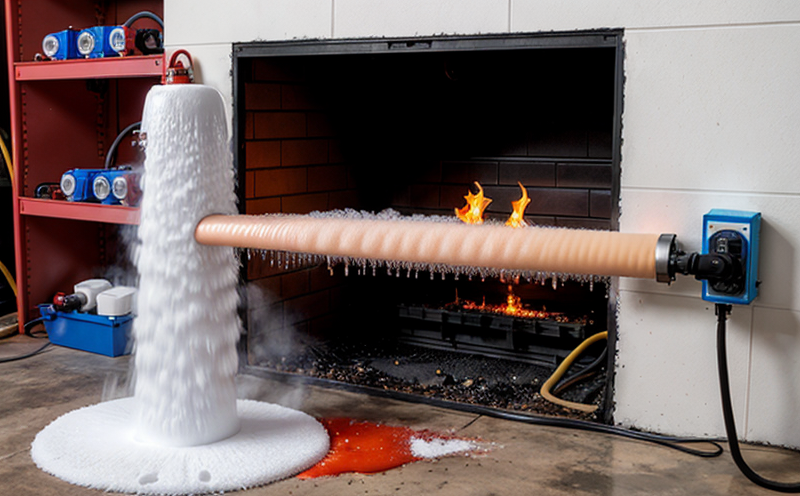Foam fire suppression system inspection
The foam fire suppression system is a critical component in safeguarding facilities against potential fires. This system relies on foams that can be either synthetic or natural, and they are designed to extinguish flames by suffocating the fire. Foam systems are widely used in industrial environments where large volumes of flammable materials are stored or processed.
In order to ensure the integrity and effectiveness of foam fire suppression systems, regular inspections are essential. These inspections cover a range of aspects including the physical condition of the system components, the quality of the foam produced by the system, and the overall readiness for deployment in case of an emergency. This service is crucial not only for compliance with local regulations but also to safeguard the safety of personnel and assets within the facility.
The inspection process typically involves several key steps. First, a thorough visual examination of all components such as nozzles, valves, pipes, and storage tanks is conducted to check for any signs of wear or damage. Second, a functional test is carried out to ensure that each component operates correctly under simulated fire conditions. This includes checking the foam generation process and ensuring proper delivery to the intended area.
Additionally, the quality of the foam produced by the system must meet specific criteria as defined in international standards such as ISO 17495:2013 for synthetic foams or NFPA 11:2021 for other types. These standards outline parameters like foam density and consistency which are crucial for effective fire suppression.
For natural foams, the inspection might also include verifying the compatibility of the foam with the local water supply to ensure optimal performance during activation. The inspection process is not just about ensuring immediate readiness but also preventing potential failures that could lead to significant consequences if not addressed early.
The importance of these inspections cannot be overstated, particularly in high-risk industries such as petrochemicals, refineries, and manufacturing plants where even minor issues can have catastrophic outcomes. By adhering to rigorous inspection protocols, facilities can maintain the highest levels of safety and comply with stringent regulatory requirements.
Benefits
- Enhanced safety: Regular inspections significantly reduce the risk of fire-related accidents.
- Compliance with regulations: Ensures adherence to local, state, and federal fire codes.
- Early detection of issues: Identifies potential problems before they become critical failures.
- Improved system reliability: Maintains optimal performance throughout its lifecycle.
Industry Applications
| Industry Sector | Application |
|---|---|
| Petrochemicals | Protecting large storage tanks and processing units. |
| Refineries | Maintaining safety in critical areas where flammable materials are processed or stored. |
| Airports | Ensuring fire protection for fuel depots and aircraft hangars. |
| Manufacturing Plants | Protecting key facilities like chemical storage areas and production lines. |
Quality and Reliability Assurance
The foam fire suppression system inspection is a cornerstone of quality assurance, ensuring that the system remains reliable and effective. This includes not only regular visual inspections but also functional tests under simulated conditions. The use of international standards such as ISO 17495:2013 ensures consistency in testing procedures across different facilities.
By adhering to these rigorous inspection protocols, facilities can ensure that their foam fire suppression systems are always ready for deployment when needed. This proactive approach not only enhances safety but also demonstrates a commitment to operational excellence and regulatory compliance.





